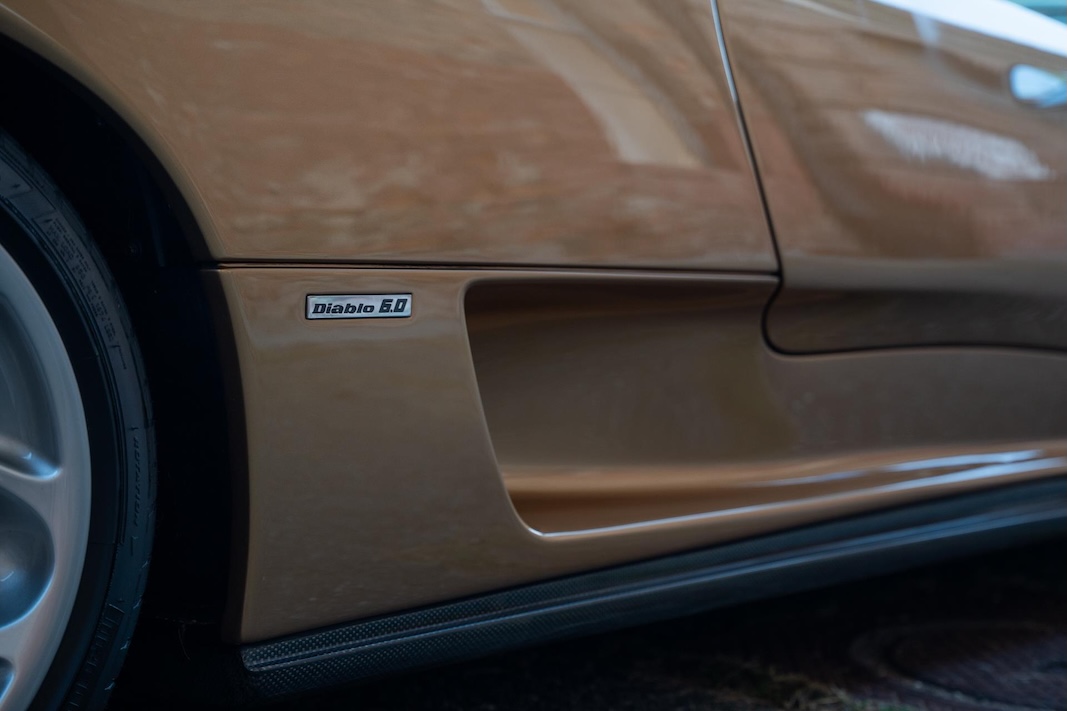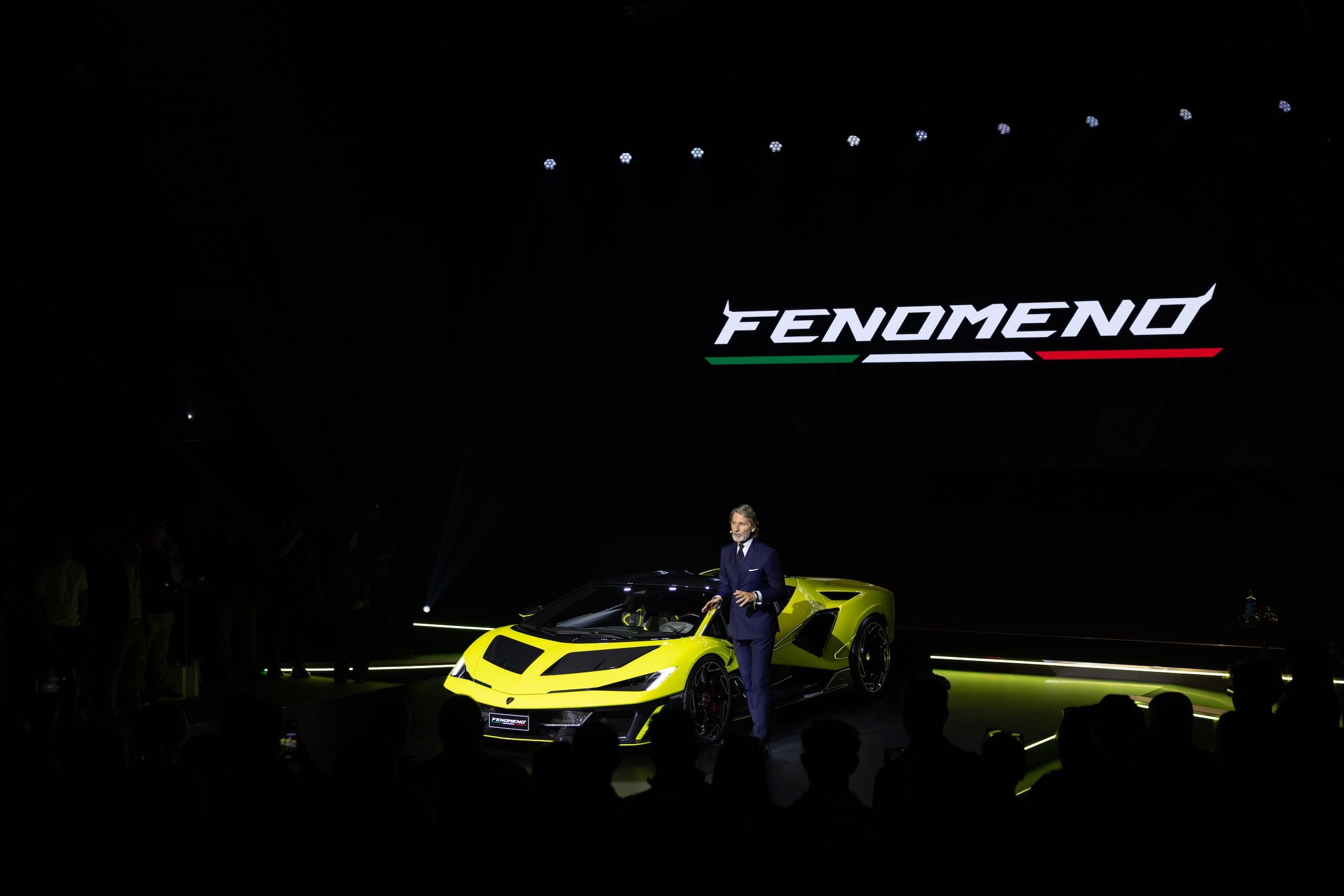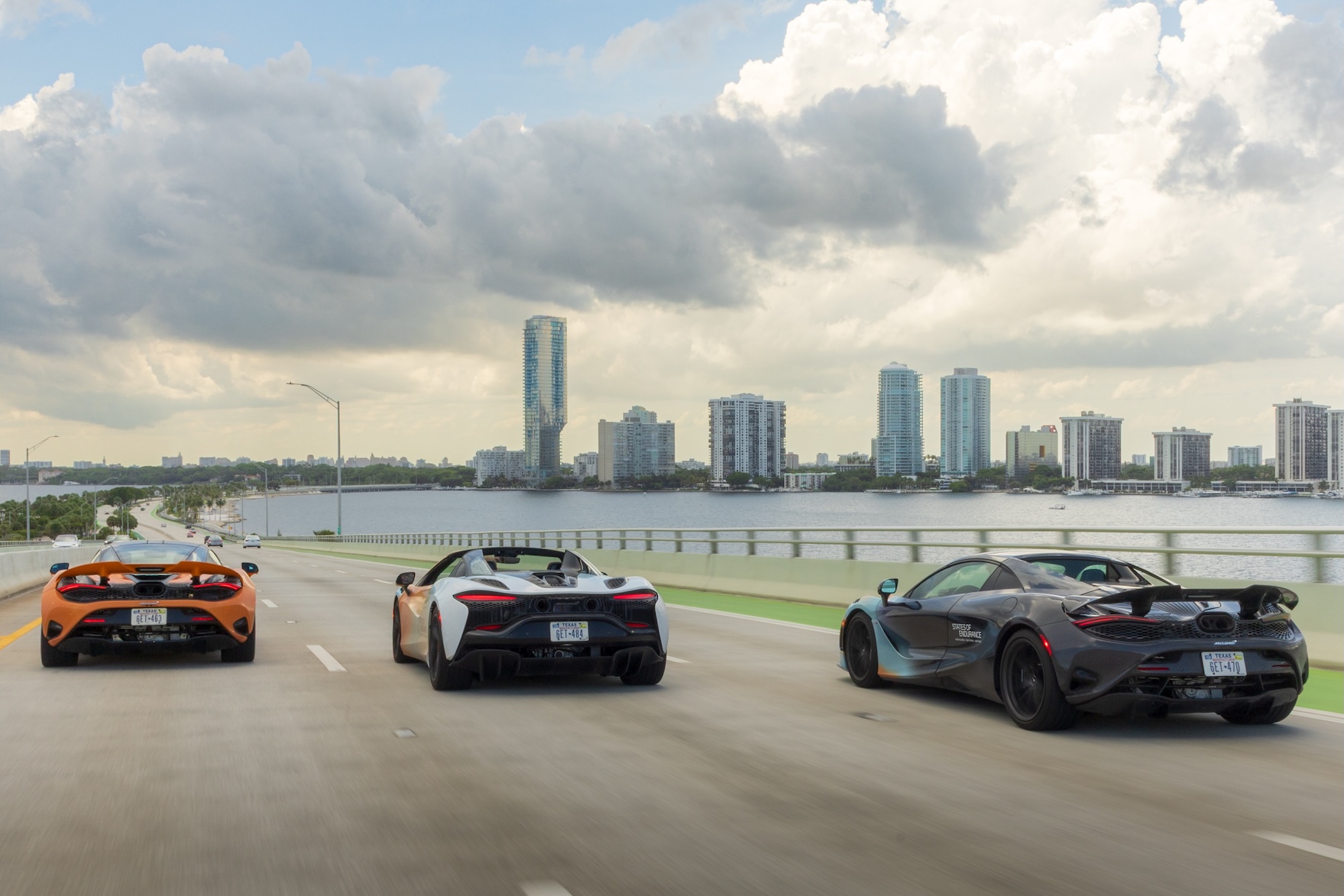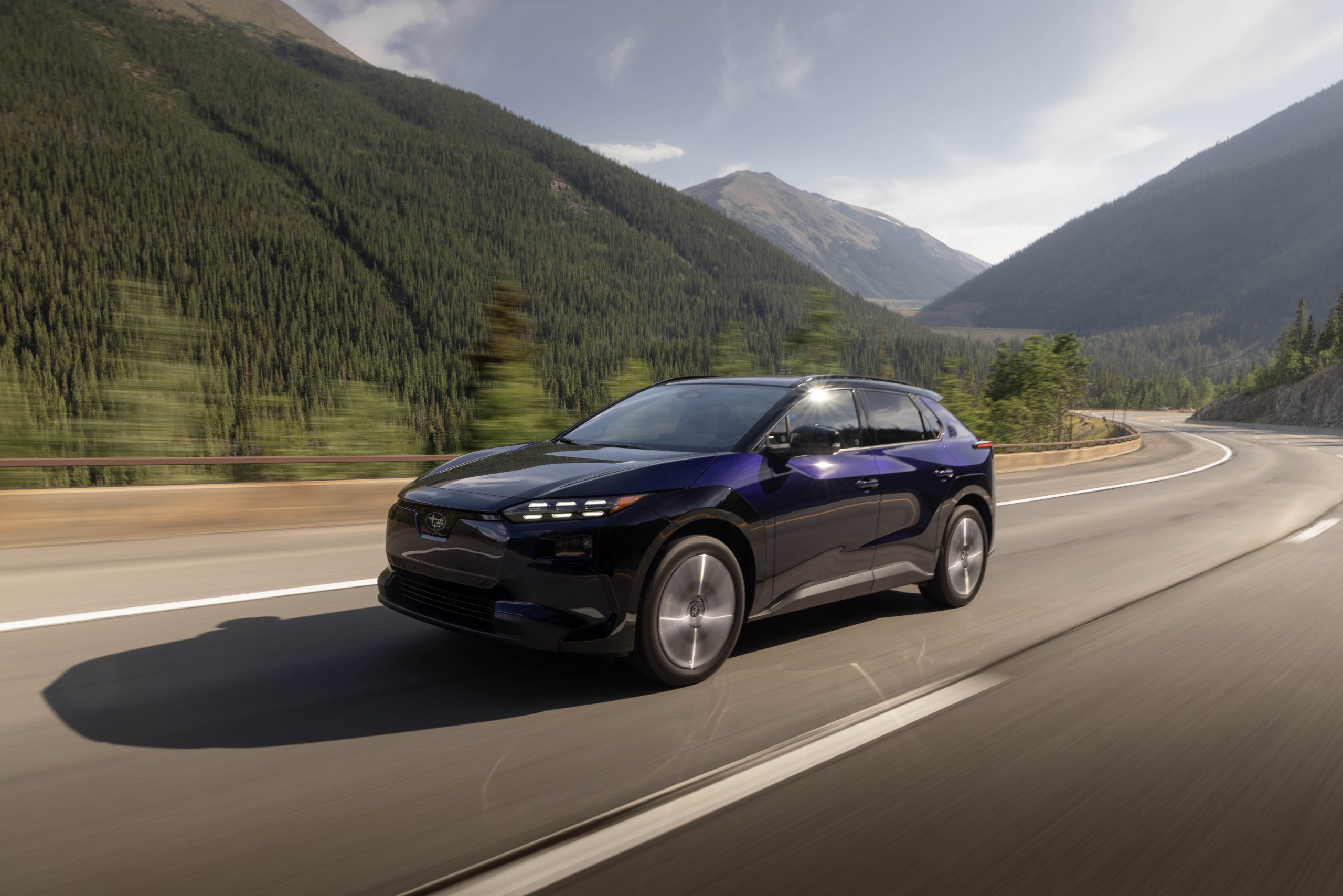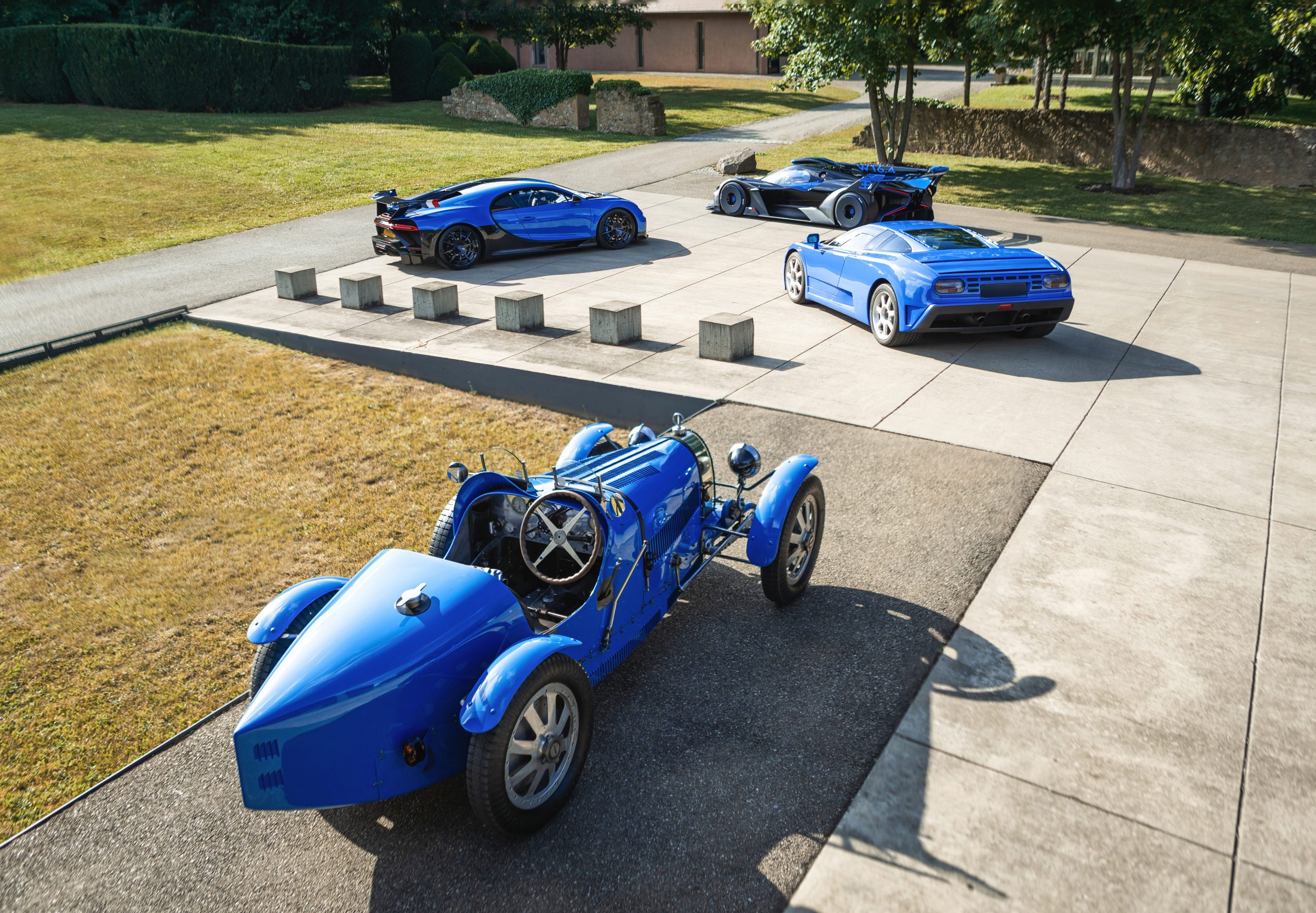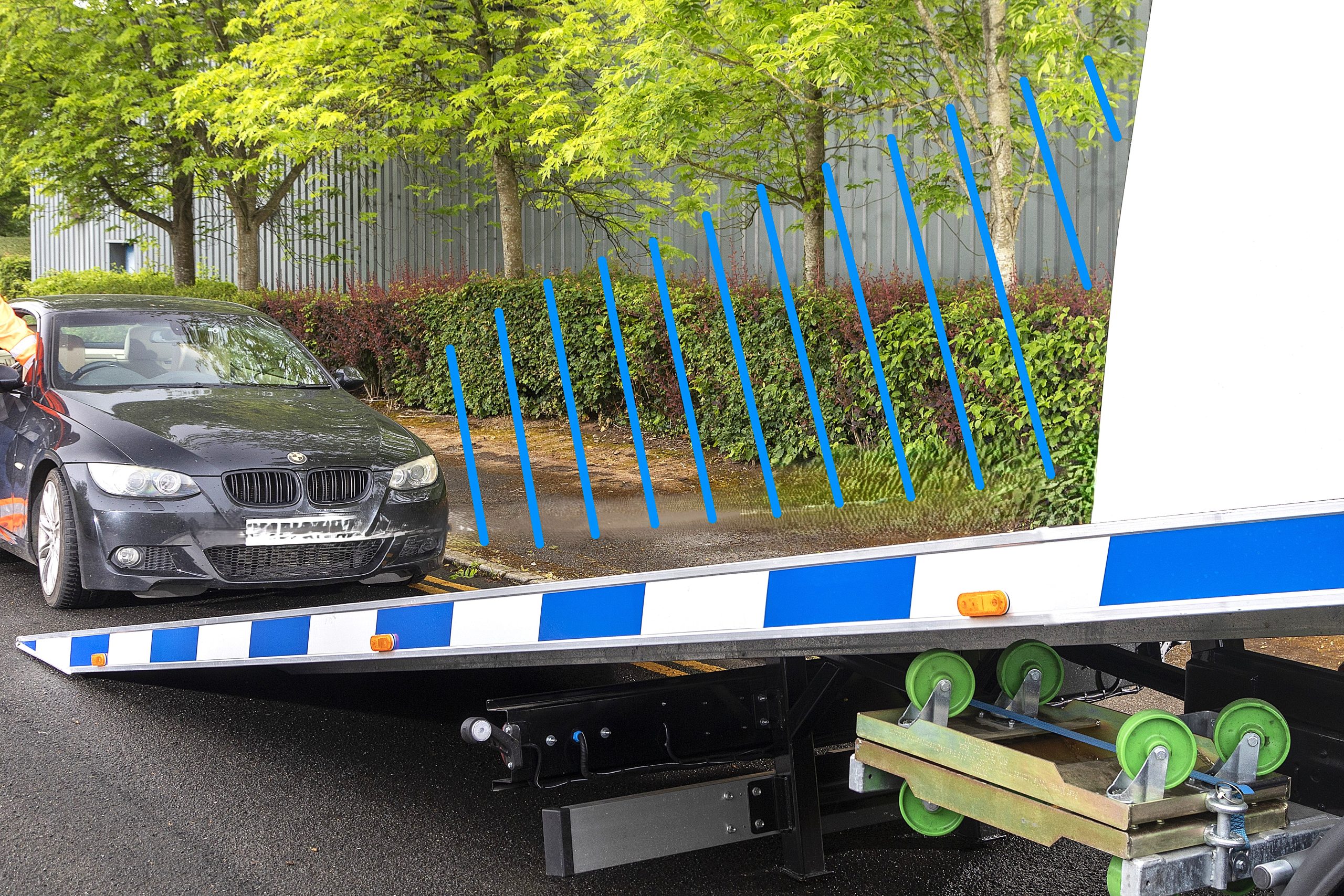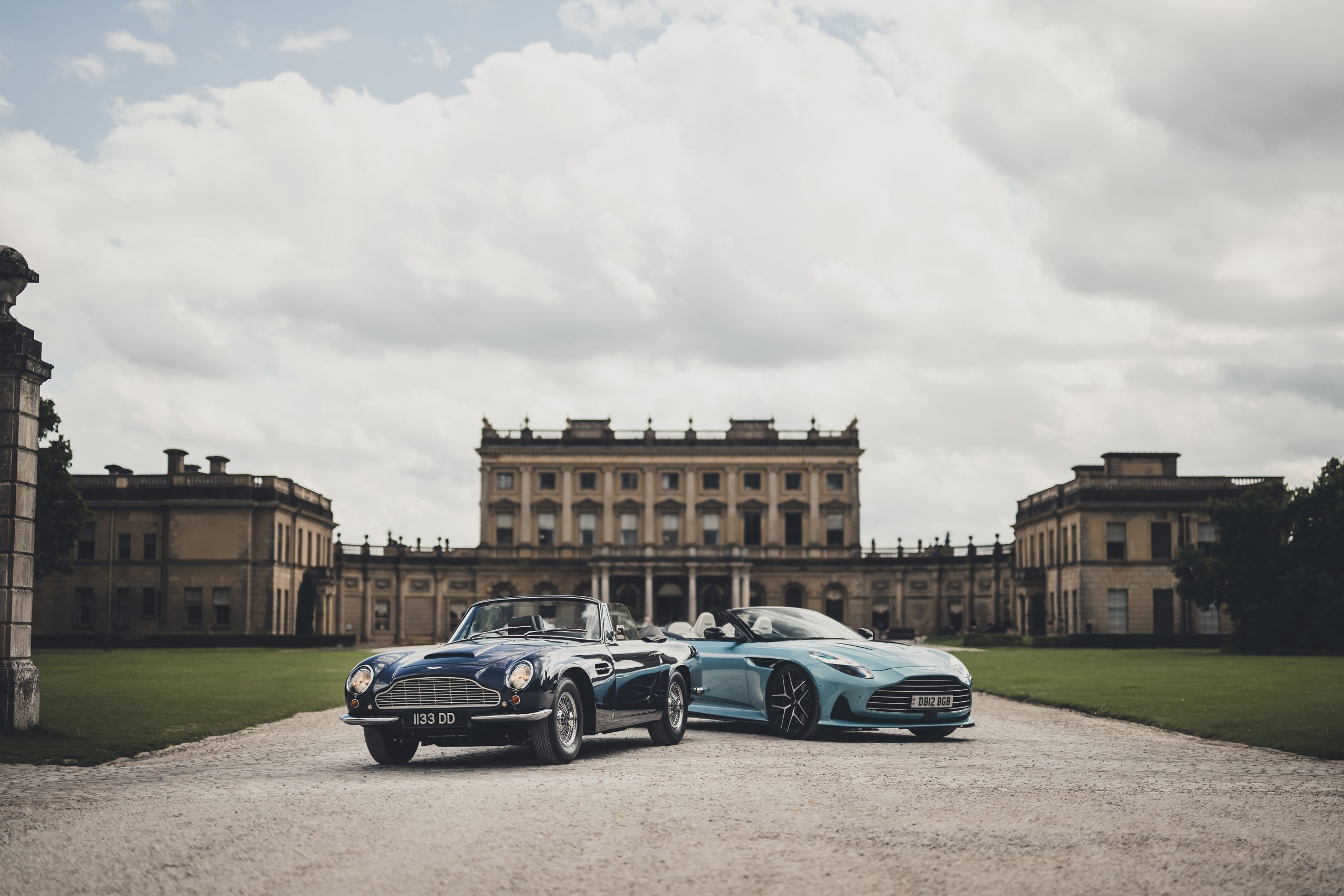What’s Next for Genesis Cabins? Interior Design Chief Explains
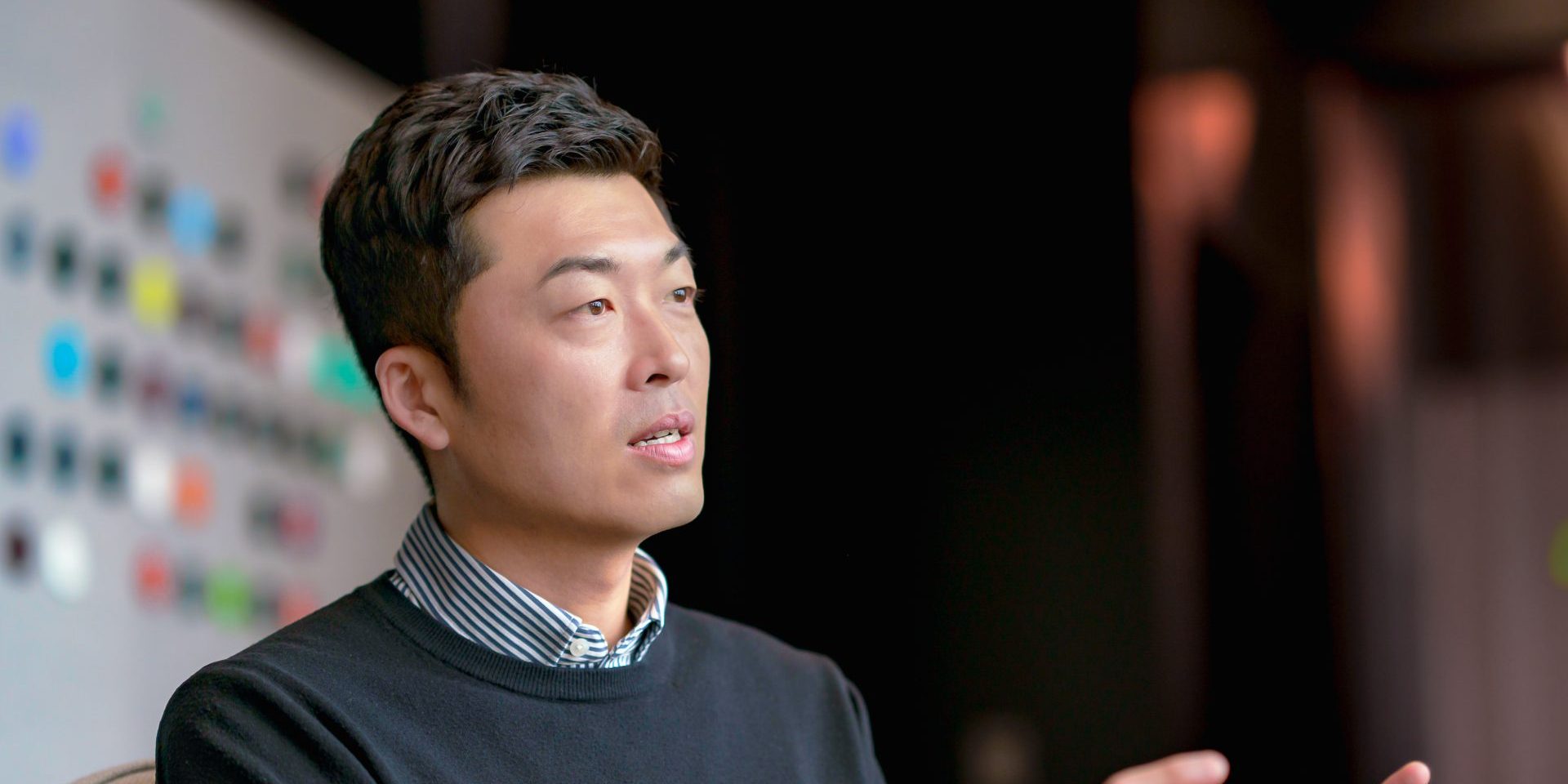
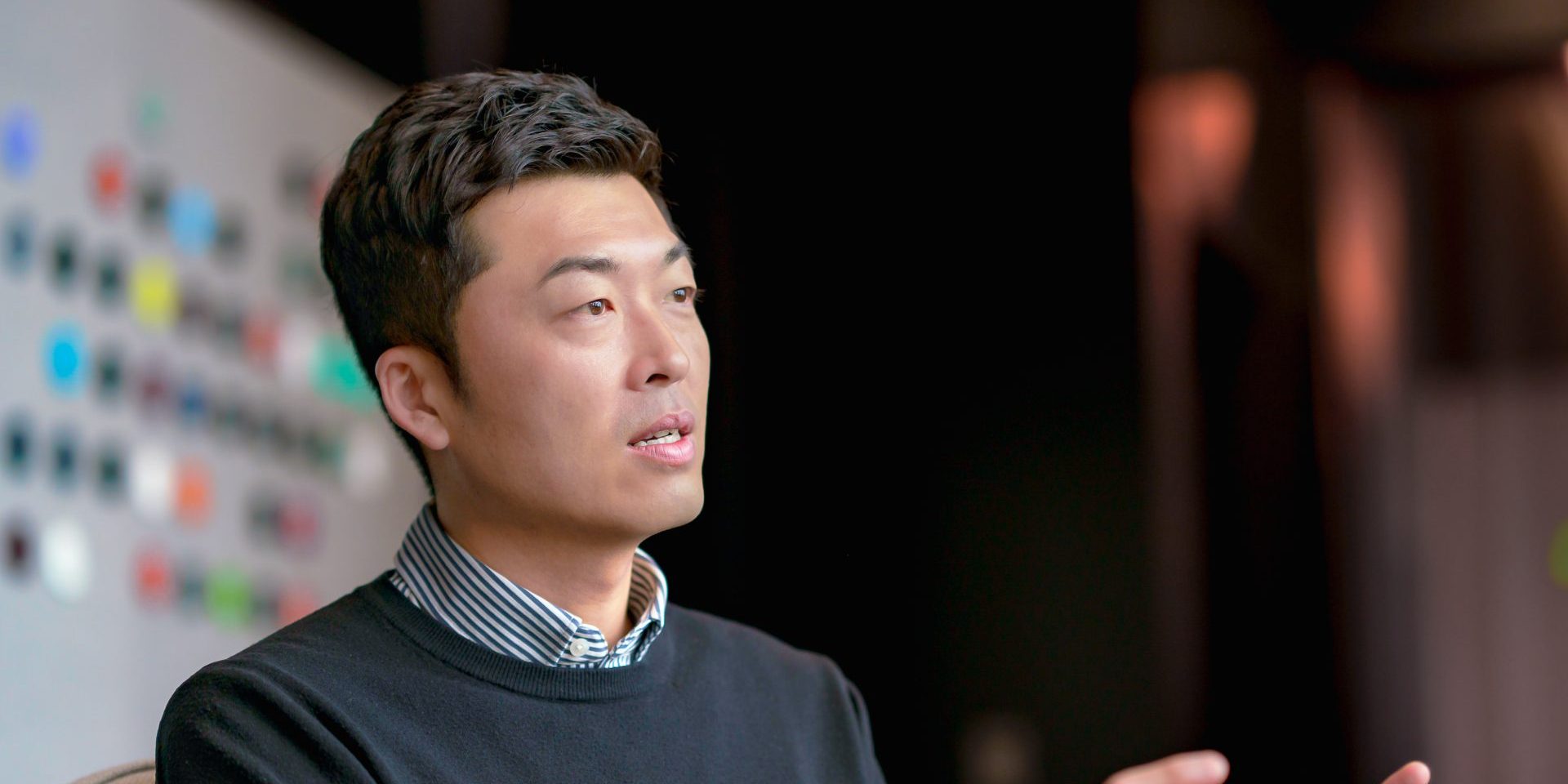
The career transition from exterior to interior automotive design was quite a simple one for Jaeho Oh. He was captivated by the “whole different world of creativity” found in the intricate details within the cabin, which quickly fueled his desire to make a mark in the industry.
Now, as head of Genesis interior design, Oh faces the ongoing challenge of integrating the best technologies into Genesis models while maintaining a layout that’s simple and refined, featuring just the right amount of analog buttons — defining the hallmarks of Genesis interiors.
The Genesis Newsroom recently sat down with Oh to discuss the process behind selecting an interior design for new models, and how the development of personalized vehicles like One of One will influence the brand’s future cabins.
How did you get into automotive interior design?
I joined Hyundai Motor Company in 2008 and was offered a design lead position at Genesis in 2019. Looking back, I never thought I would end up in interior design because [when I first got hired], most people my age were more interested in exterior design. But after joining Hyundai, I had the opportunity to work in both fields, and it didn’t take me long to realize that interior design offers a whole different world of creativity. While exterior design plays a crucial role in a customer’s purchasing decision, the interior is where they actually experience and live with the car, which I found attractive. I also found interior design to have a lot more intricate details to work with compared to exterior design, which provided me with greater opportunities to realize my creative vision.
Jaeho Oh, head of the Genesis Interior Design Team
Genesis interior design is often defined by its signature “Beauty of White Space” concept, a Korean architecture philosophy emphasizing simplicity and elegance. What is Beauty of White Space to you?
Beauty of White Space goes beyond clearing out spaces. It’s about optimizing the arrangement of interior elements like buttons, displays and other components, and in that process, naturally creating negative space. The key lies in the technical effort to organize and refine functionalities that could otherwise lead to visual clutter, particularly at an age when more technologies are being integrated into modern vehicles.
Genesis doesn’t aim to digitalize everything. Unlike some manufacturers who centralize their controls into a single display, we prioritize user convenience by retaining essential physical buttons and incorporate luxurious handcrafted details to keep our design unique. In spaces that aren’t kept empty, design highlights like these become so essential.

The Genesis GV80 Coupe
How are Genesis’ DNA — audacious, progressive and distinctly Korean — reflected in interior design?
With being audacious, Genesis strives to redefine luxury through audacious and creative designs, moving away from the conservative approach taken by many other traditional luxury brands.
On being progressive, we focus on incorporating the latest technologies into our designs. A prime example would be the Crystal Sphere in the GV60, which allows drivers to intuitively recognize whether their electric vehicle (EV) is powered on.
Being distinctly Korean isn’t merely about applying traditional Korean patterns like we tried to do in the past. It’s more about capturing the essence of Korean sensibilities. We now attempt to reflect deeper Korean cultural values in our interior designs, such as the graceful curves found in traditional Korean homes “hanok,” or the reductive design inspired by the simplicity of white porcelain moon jars, called “dalhangari.”

The Crystal Sphere in the Genesis GV60
There seems to be a lot to consider in interior design. What’s your personal top priority?
As a luxury brand, Genesis must deliver value that aligns with the price customers pay. That eventually boils down to delivering a luxurious feel — not just through aesthetic appeal, but also through the overall atmosphere and usability, which is why UX [user experience] is so crucial.

Swiveling front seats in the Genesis Neolun Concept
Among the projects you’ve worked on at Genesis, which one do you hold most dear?
I’d have to say our full-size flagship models. They attract the most attention from our top leadership, making it all the more challenging to gain their approval during the evaluation phase. The first time I completed a full-size flagship project, I jokingly claimed I would never take on another. Yet here I am, having been involved in four already. I’m sure all designers will agree that the most difficult projects turn out to be the most memorable and fulfilling.

The Genesis G90 Long Wheel Base Black
Speaking of difficult projects, what’s the biggest challenge you normally face during interior design?
In the past, car interiors were largely driven by similar technologies and layouts, with a strong focus on styling. But nowadays, each brand has cultivated a unique technological identity. We also find that customers have a heightened understanding of cars and their UX through social media. This shift requires us to deliver designs that are not only simple but practical and emotionally engaging, all the while looking three to four years ahead into the future.
From a luxury perspective, I’d say the biggest challenge is fully grasping the luxurious lifestyles of our customers and their high expectations. We try to capture their experiences and mindsets through in-person meetings and translate that insight into our interior designs.

The Genesis GV60
What does a typical interior design process look like for a new Genesis model?
Once the vehicle typology and its unique characteristics and identity have been confirmed, designers in Korea, Europe and the United States start sketching the interior while considering new UX technologies such as pop-up displays. Each region then narrows down to about three candidates, which brings the total to around 10 options, or sometimes even more. We then select one from each region and finally pick the very best one.

So it’s like a competition?
In a way, yes. But if we’re talking about building silos and refusing to communicate, then no. We freely share ideas throughout the entire process. It’s not like we wait until the moment we submit our designs and that becomes the very first time other people get to see our work. Even before the selection process, if I see something in another person’s design that I think would go well with mine, I can incorporate that into my own design, and vice versa. Sometimes, designers from the United States or Europe would come to our office and we work together on their ideas.
What happens after the selection process?
We take that selected interior design and discuss with numerous other teams to make it into production. This entire process differs by model, but it usually takes approximately three years.

The Genesis X Speedium Coupe Concept
Automotive interior design is continually evolving, embracing trends like simplification, larger displays, and the transformation of cars into living spaces. What’s your take on the future of interior design?
In the past, cars primarily served as modes of transportation or status symbols. However, with advancements in autonomous driving and EVs, today’s cars are increasingly becoming extensions of our living spaces. In a sense, automotive interiors are evolving alongside architectural interiors, which is why we can anticipate that cabin spaces will become even simpler and more refined in the future.

The Genesis X Gran Coupe Concept
How would that affect Genesis interiors?
For Genesis, this means that we will maximize our pursuit of the Beauty of White Space. We will maintain clutter-free interior designs while integrating key controls through AI and voice recognition. However, for safety and usability reasons, essential buttons will remain analog. The challenge will be to find the right approach to consolidate and streamline these physical controls.

The Genesis Neolun Concept
How else do you see Genesis interior designs evolving?
We’re growing as an organization, and I can easily tell from my meetings not only with fellow designers but also with colleagues from other teams that everyone takes great pride in Genesis. Knowing that, I can only think the future is bright for the brand.
Until now, our main focus has been on offering timeless designs that retain their elegant luster even after years of use. As customer expectations continue to rise, we plan to deliver a much more refined, detailed and luxurious experience. Projects like Genesis Magma and One of One will exemplify this evolution, providing a deeper level of exclusivity for our customers. Ultimately, Genesis interior designs will continue to evolve in a way that allows drivers to instantly recognize the brand’s identity simply by looking at a single component.

